The allure of capturing the majestic presence of big cats such as lions, tigers, leopards, and cheetahs has drawn photographers to the wild for decades. While these images can inspire awe and a deeper appreciation for wildlife, they also pose ethical dilemmas. This article will explore these ethical considerations and guide photographers and wildlife enthusiasts in making informed choices.
The Intrigue of Big Cat Photography
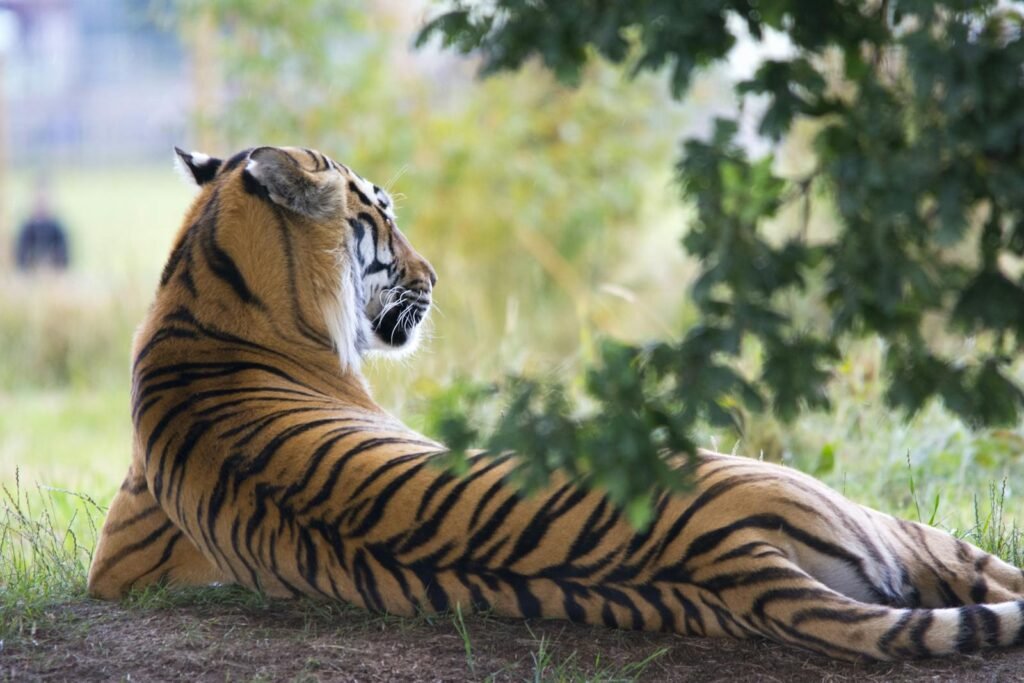
Big cats are often viewed as symbols of beauty, power, and mystery. Photographs of these majestic creatures can captivate audiences, offering a glimpse into a world often unseen by the everyday person. This attraction poses a unique opportunity for photographers to promote conservation efforts and education, yet it also demands thoughtful consideration of the ethical implications involved.
Conservation Benefits
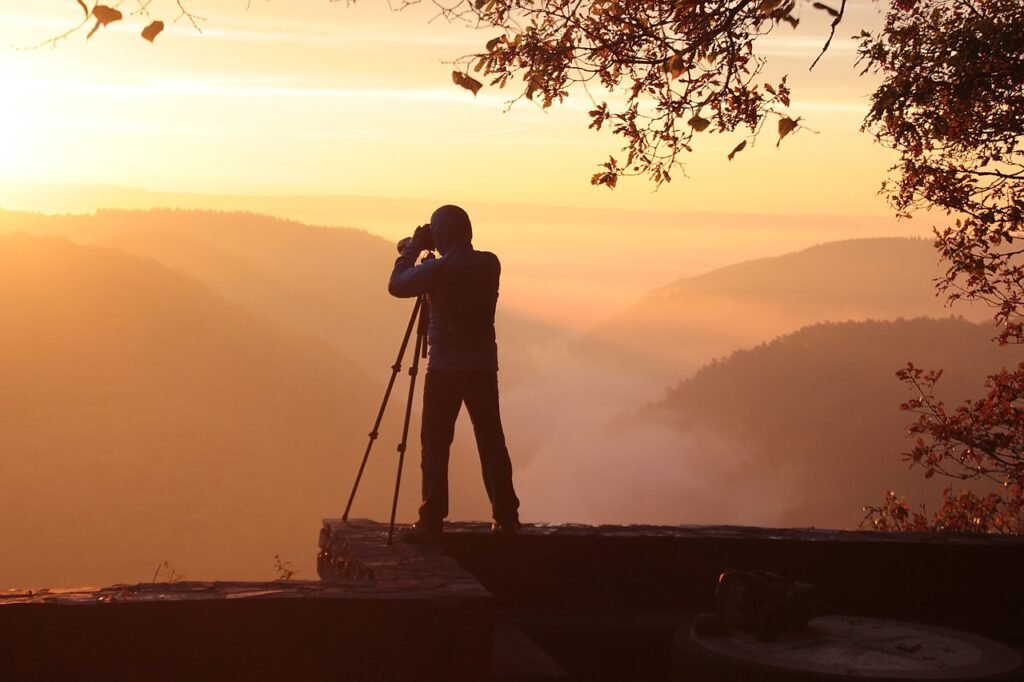
Photographs of big cats can considerably benefit conservation efforts. Stunning images can raise awareness and funds for habitat protection and wildlife preservation initiatives. They can foster public interest, leading to increased support for conservation organizations that strive to protect these majestic creatures and their environments.
Impact on Animal Behavior and Welfare
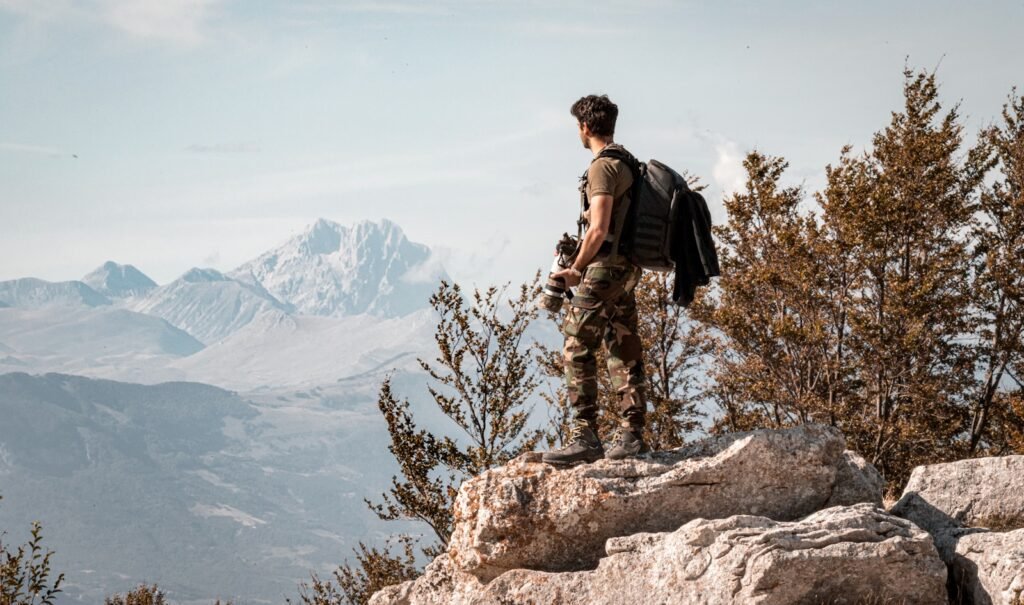
While photographs can promote conservation, the process of capturing these images can have adverse effects on the animals involved. The presence of photographers in their natural habitats can disrupt natural behaviors, leading to stress and potentially dangerous situations for the animals. Understanding how to minimize disturbance is crucial for ethical wildlife photography.
Respecting Wildlife and Their Habitats
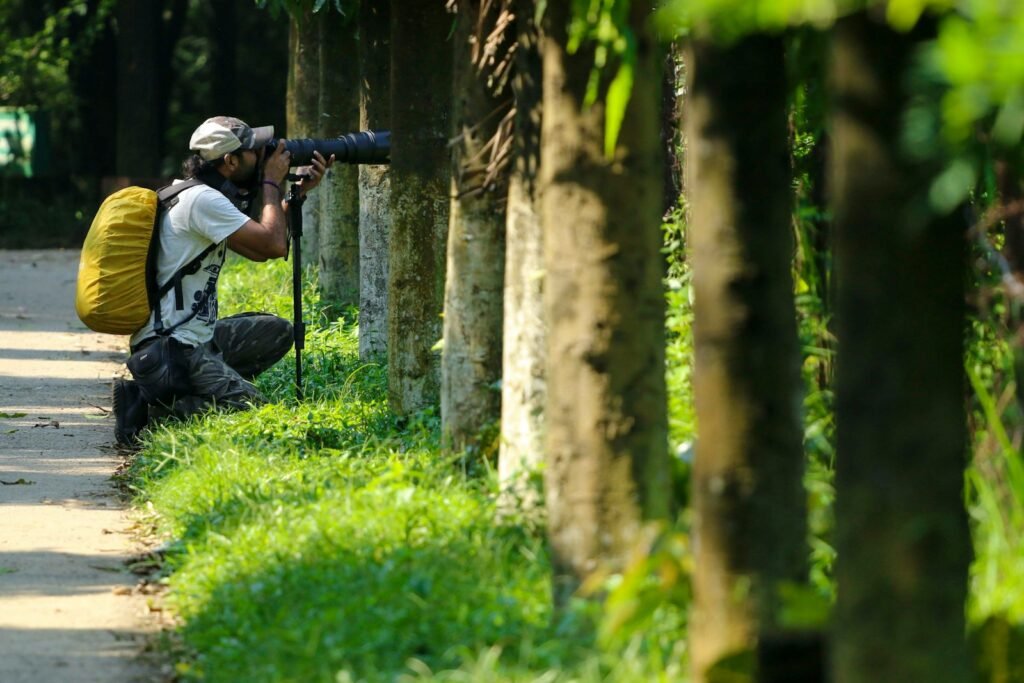
Ethical photography necessitates respecting the animals and their natural environments. Photographers should maintain a safe distance, use appropriate equipment to capture images without intrusion, and be patient, allowing for natural interactions and behaviors. Prioritizing the well-being of the animals is essential to ethical wildlife photography.
The Role of Photography Guides and Tours
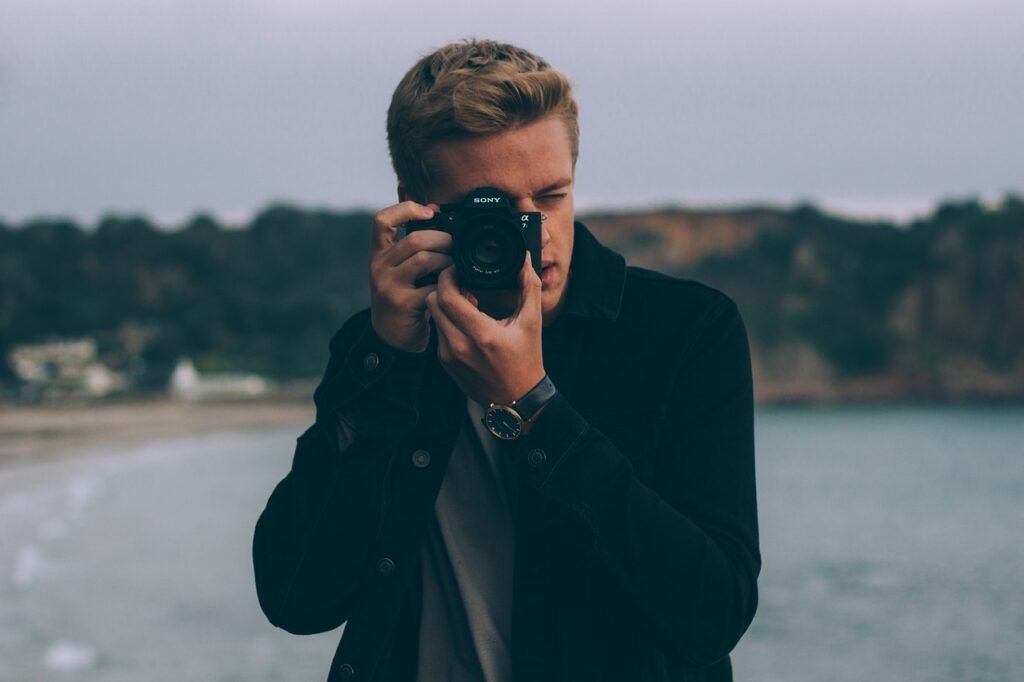
Photography tours are a popular means for capturing images of big cats. However, choosing reputable operators who prioritize animal welfare and environmental sustainability is crucial. Guides should adhere to ethical principles, educating participants about responsible photography practices and emphasizing the importance of conservation.
Technology and Ethical Photography
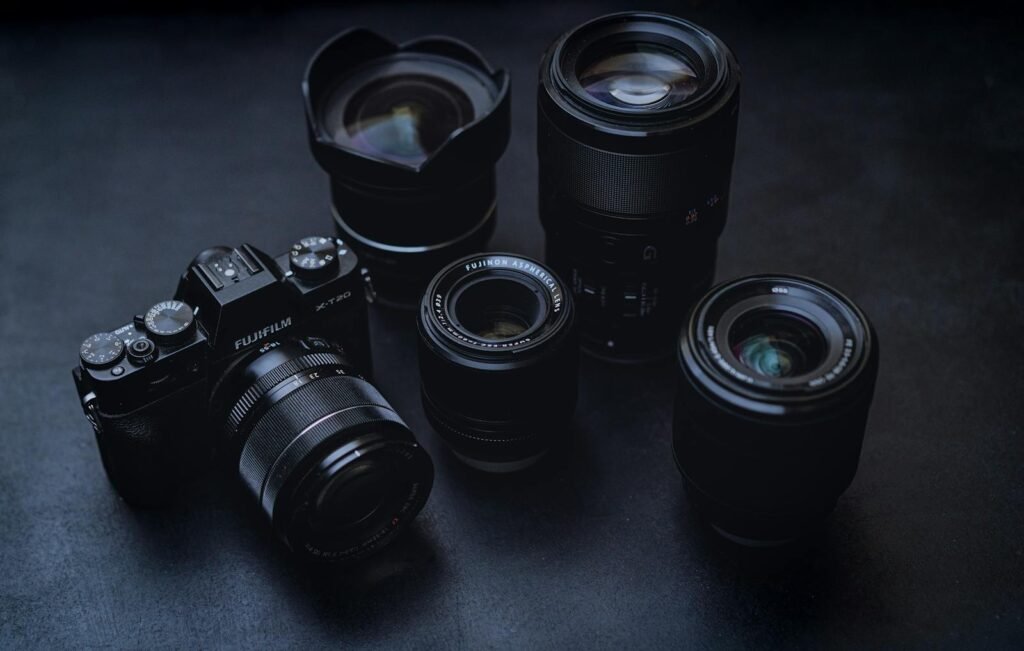
Advancements in technology, such as long-range lenses and silent shutters, have facilitated more ethical approaches to wildlife photography. These tools allow photographers to capture high-quality images from a distance without disturbing the animals. Photographers should leverage these technologies to promote ethical practices.
Legal and Ethical Standards

Wildlife photography involves not only ethical considerations but also legal regulations. Photographers must be aware of and comply with laws regarding wildlife protection, ensuring their activities do not contribute to the harassment or exploitation of animals. Familiarity with both local and international regulations is essential for responsible wildlife photography.
Balancing Art and Ethics
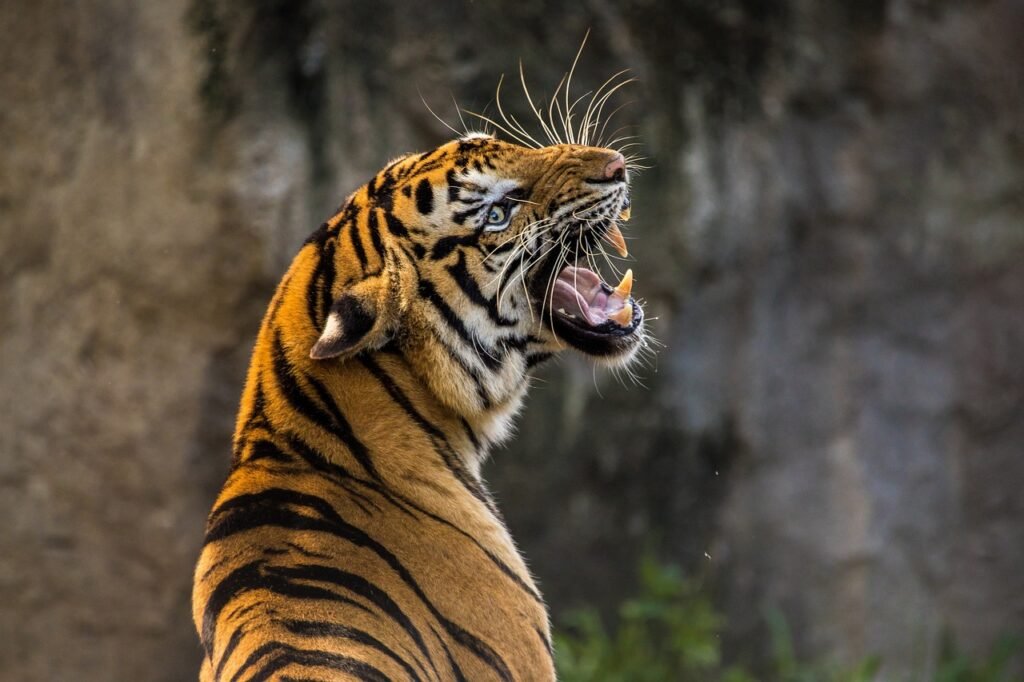
While photographers may strive to capture the most compelling images, it is vital to balance artistic goals with ethical obligations. Creative ambition should never overshadow the responsibility to protect and respect big cats and their environments. Photographers should prioritize the well-being of their subjects while creating impactful imagery.
Promoting Ethical Awareness
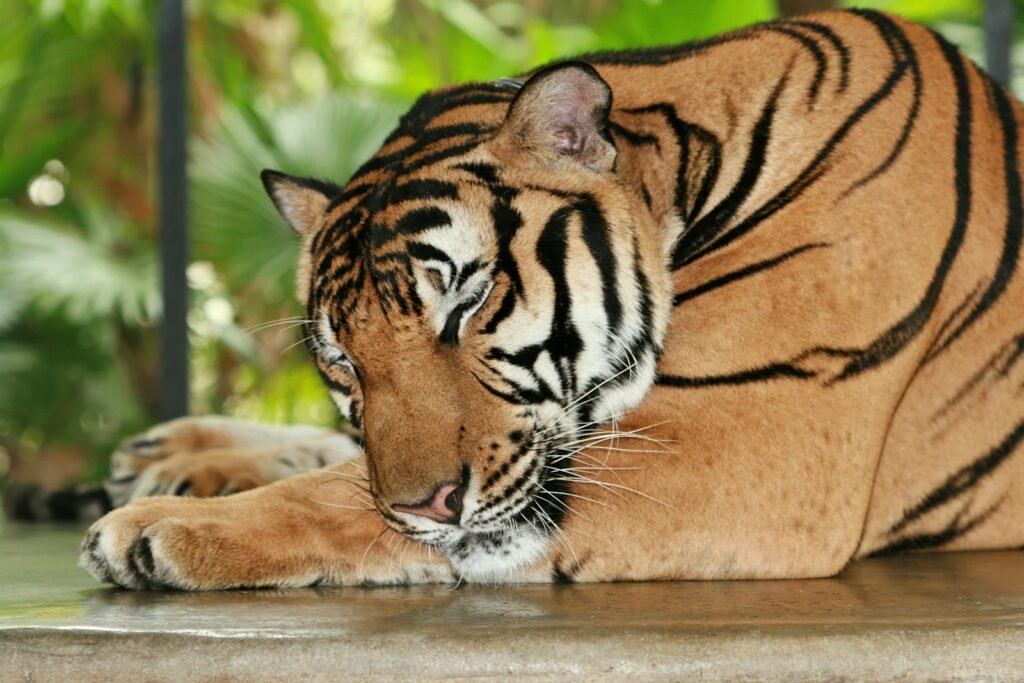
Wildlife photographers have a responsibility to promote ethical awareness among their audiences. By sharing stories behind the images, photographers can educate viewers about the challenges facing big cats and the importance of ethical practices. This advocacy can inspire others to support conservation efforts and adopt responsible photography habits.
Conclusion
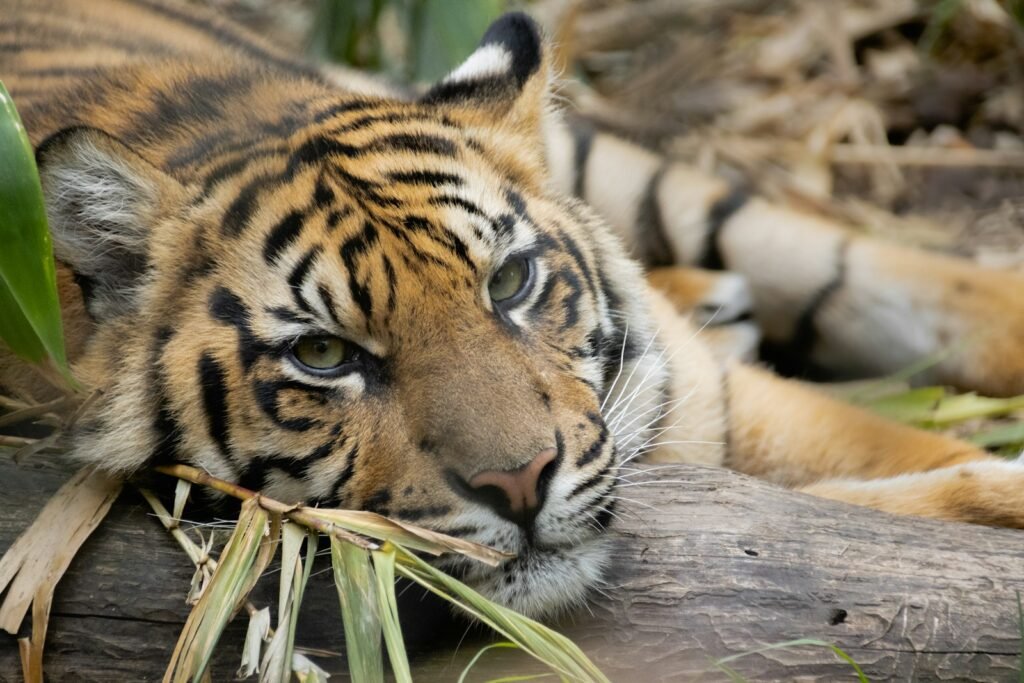
The ethics of photographing big cats in the wild is a multifaceted issue that requires careful consideration of conservation, animal welfare, and legal standards. Photographers can significantly contribute to the protection and appreciation of these majestic creatures by adopting responsible and respectful practices. Through a commitment to ethical photography, we can ensure that the beauty of big cats continues to inspire future generations.

Growing up traveling and experiencing new cultures and wonders, I have had a passion for nature, adventuring, photography, and videography. I am currently working towards a BSc in Biodiversity and Ecology at Stellenbosch University, and I hope to specialise in Marine Sciences one day.
Please send any feedback to Feedback@animalsaroundtheglobe.com






